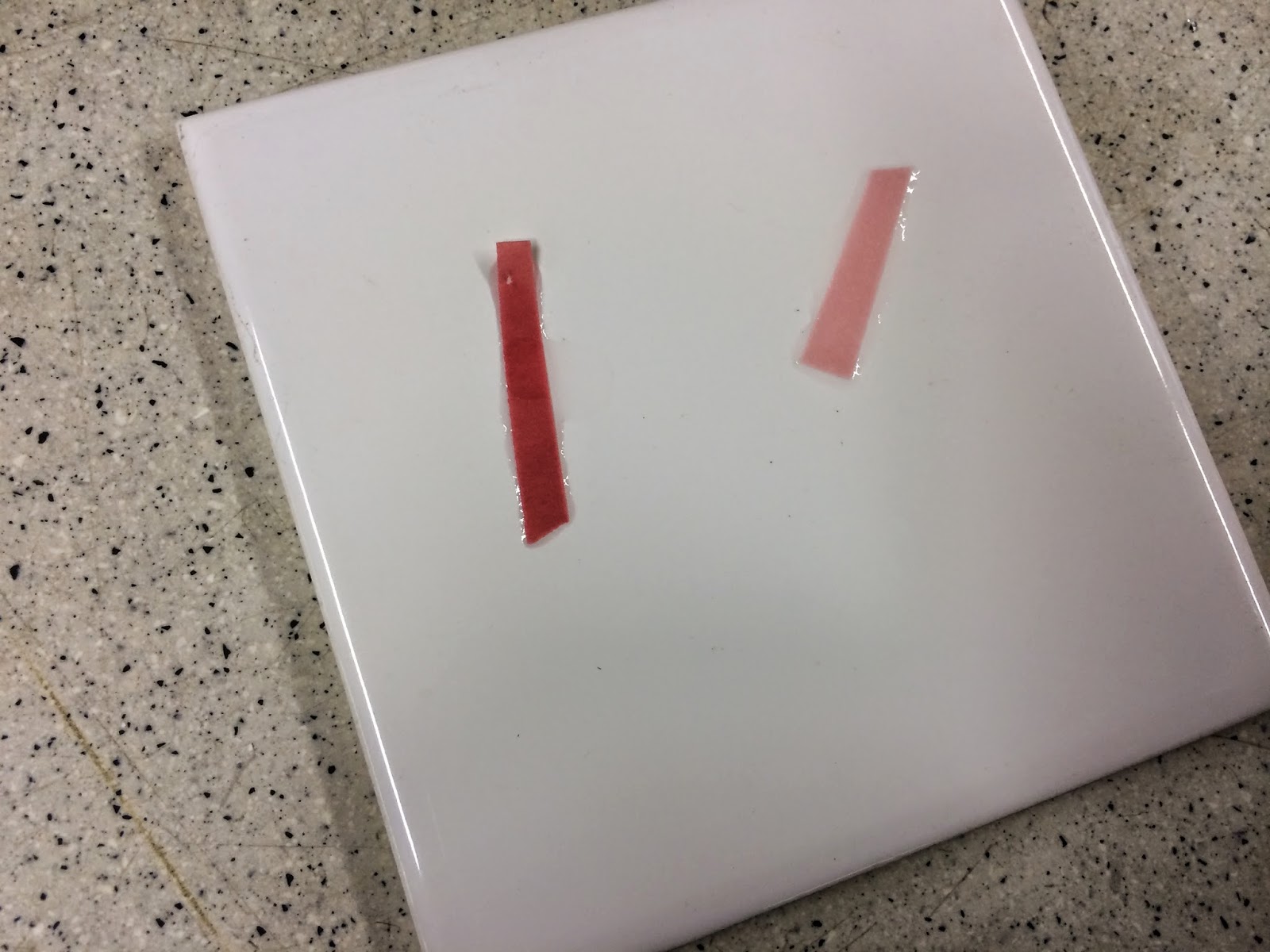Another post for the day! (: It'll be about Separation Techniques, and I'll just cover a few different techniques.
When separating solutions/chemicals etc, there are many ways of doing it. I will list them out, and highlight those I will be covering.
- Filtration
- Chromatography
- Evaporation (to Dryness)
- Distillation and Fractional Distillation
Crystallisation (as mentioned in previous post) - Magnetisation
- Sublimation
- Separation of immisicible liquids
Let's start with filtration. Filtration helps us separate (solid and insoluble) substances from liquid. An example would be trying to take out sand from water.
The principle behind this is that undissolved solid particles are too big to pass through the filter paper, and they are left behind on the filter paper. Another name for the particles left behind is residue. The liquid that flows out and is collected is known as filtrate.
In real life, we use filtration at the water treatment plant, where we remove solid waste from water.
Next, evaporation (to dryness). This procedure is used to recover a solute from a solution. In this process, we heat the solution up, causing the solvent to gain heat and evaporate, leaving the solute behind. However, this method is not suitable for solutes that can be decomposed by heating, such as sugar. Despite getting the solute back rather quickly, this process has a flaw. Soluble impurities will also be left behind, together with our solute.
Lastly for this post, I'll be covering Magnetisation. As we can infer from the name, it involves us using a magnet to separate the substances/solids. Magnetic substances are separated from non-magnetic substances by using a magnet, since magnetic substances will be attracted to the magnet. Example, when we are trying to separate a mixture of sulfur from iron fillings. This method is useful in real life, where we use strong magnets to lift cars from the scrap metal pile at junkyards.
This post has come to an end, the other two techniques will be mentioned in my next post, which should come about tomorrow! Have a great Labour Day holiday!! (:









